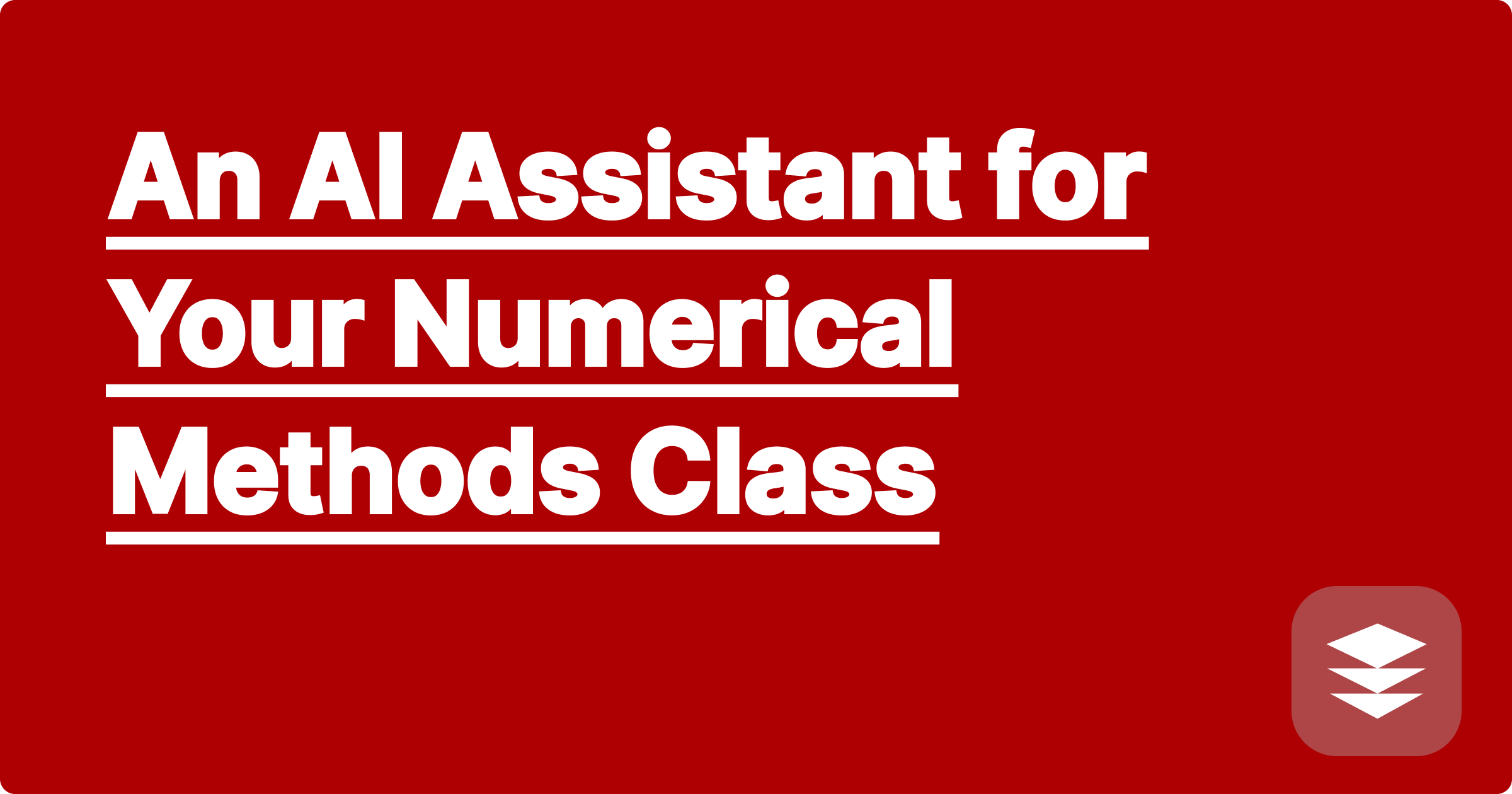
Welcome to Numerical Methods, the practical art of finding "good enough" answers when perfect, analytical solutions are impossible. This course is the backbone of all modern engineering simulation and scientific computing. The core of the subject lies in learning iterative algorithms—like Newton's method for root-finding or the Runge-Kutta methods for solving ODEs—that get closer to the true answer with each step. The problem? Performing these iterations by hand is incredibly tedious and a single arithmetic error can ruin the entire process.
When you're working on your homework, the biggest source of frustration isn't the method itself; it's the repetitive calculation.
This is where an AI assistant like GPAI Solver becomes an essential tool. It acts as a perfect, tireless newton's method calculator ai (and a solver for many other algorithms), executing the iterations with perfect precision.
The Workflow:
[Image: A screenshot of the GPAI Solver interface displaying a clean table showing the results of the Runge-Kutta (RK4) method at each iteration, with columns for t, y, and the intermediate k values. Alt-text: A numerical methods solver showing the step-by-step iterations of the RK4 algorithm.]
Beyond just checking your work, you can use the AI to build a deeper understanding of the methods.
Use GPAI Cheatsheet as your note taker to build the ultimate reference guide. As you learn each new method, prompt the AI to create a block for it in your cheatsheet, including:
A: It is highly proficient with the standard algorithms taught in undergraduate numerical methods courses, including various root-finding methods (Bisection, Newton-Raphson, Secant), numerical integration (Trapezoidal, Simpson's), and ODE solvers (Euler, Runge-Kutta).
A: For learning, the AI solver is often better. It's designed to show the intermediate steps and provide explanations in natural language. For large-scale, complex problems, Python or MATLAB are the professional tools of choice. The AI is the perfect tool to help you learn the methods well enough to eventually implement them yourself in a programming language.
Your numerical methods course is about understanding the logic, power, and limitations of different approximation algorithms. Stop wasting your valuable study time on repetitive arithmetic. Use an AI assistant to verify your calculations and analyze the results, so you can focus on mastering the methods themselves.
[Get help with your numerical methods homework. Try the GPAI Solver today to verify your iterative solutions. Sign up for 100 free credits.]
How to Design an ER Diagram for Your Database Project with AI
Your AI Assistant for Abstract Math: From Group Theory to Topology
How to Use AI to Ace Your Control Systems Homework
AI-Powered Note-Taking for Your Toughest Medical Terminology Class
A Guide to Surviving Your Software Engineering Group Project with AI Tools
Mastering Electromagnetics: How AI Can Help Visualize Maxwell's Equations
An AI Assistant for Your Numerical Methods Class
Your Personal AI Tutor for Machine Learning's Mathematical Foundations
How to Write and Explain Your VHDL/Verilog Code with an AI
Creating a Master Study Guide for Your Entire ECE Curriculum